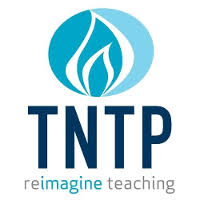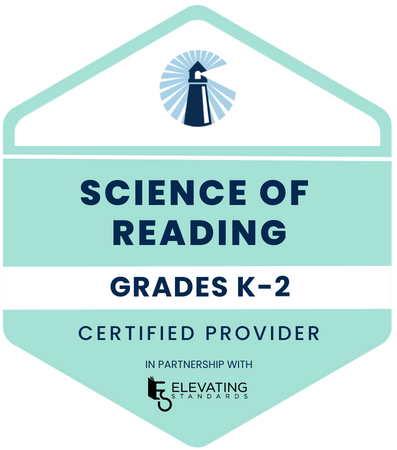
TNTP promotes education equity through academic, curriculum, and talent support.
TNTP was approved for the PLPG in August 2020.
Rivet Education evaluates the three sections marked with the checkmark icons. All other details are self-reported, so we recommend confirming them directly with each partner.
How are partners selected for the PL Partner Guide?
OUR TEAM
51+ facilitators/coaches
26-50% are non-white
WHERE WE WORK
We have worked here
We are also willing to work here
WHO WE ARE
TNTP, a national nonprofit founded by teachers, knows the fundamental problem facing our schools isn’t the achievement gap—it’s the opportunity gap. We recognize high quality instructional materials as a critical driver of academic opportunity and believe that consistently providing that opportunity to every student—especially those denied them due to systemic inequity—is a crucial step toward strengthening our schools and putting all students on a path to academic, economic, and social mobility.
TYPES OF SUPPORT WE OFFER
- Adopting an ELA curriculum
- Adopting a math curriculum
- Adopting a science curriculum
- Initial implementation
- Ongoing implementation support for teachers
- Educator Coaching
- Leadership Support for Coaching
- Collaborative Planning
- Ongoing implementation support for leaders
What are these phases?
Types of districts that we have experience working with
- Traditional District
- Charter
- Private
- Parochial
- Urban
- Suburban
- Rural
- Fewer than 2,500 students
- 2,500 to 10,000 students
- 10,000 to 50,000 students
- 50,000 to 100,000 students
- More than 100,000 students
- Greater than 60% of economically disadvantaged students
- Greater than 20% of English language learners
- Greater than 20% of students with disability
- Greater than 80% students of color
Why is this important?
OUR CURRICULUM EXPERTISE
ELA
- Amplify ELA (2016)
- Amplify ELA (2019)
- Benchmark Advance (2022)
- Core Knowledge Language Arts (CKLA) (2015)
- Developing Core Literacy Proficiencies (2016)
- EL Education K-5 Language Arts (2017)
- Engage NY ELA (2016)
- Fishtank Plus ELA 6-8 (2021)
- Magnetic Reading Foundations (2023)
- MyPerspectives (2017)
- ReadyGEN (2016)
- StudySync (2017)
- Wit & Wisdom K-8 (2016)
Math
- Carnegie Learning Math Solution Integrated (2018)
- enVision Mathematics Common Core (2020)
- Eureka Math (2013-2014)
- Eureka Math (2015)
- Eureka Math² (2021)
- i-Ready Classroom Mathematics (2020)
- i-Ready Classroom Mathematics (2021)
- i-Ready Classroom Mathematics (2024)
- Kendall Hunt's Illustrative Mathematics 6-8 Math (2019)
- Kendall Hunt's Illustrative Mathematics Traditional (2019)
- Open Up Resources 6-8 Math (2022)
- The Utah Middle School Math Project (2019)
Science
- Amplify Science (2018)
- OpenSciEd (2017)
What is a high quality curriculum?
This partner's approach and services
Sample scopes of work
What are these scopes?
How we address equity
Across our services, we lead with "Who are our students, and what are their needs?" We design strategies that are inclusive of all students, especially those who have been systemically and historically marginalized, and we engage with stakeholders (including students, caregivers, and teachers) throughout the process. We help educators enact high expectations for all students' success against rigorous standards, and we support systems to evaluate the cultural responsiveness of materials, so that students have an equitable, and standards-aligned experience. Our progress monitoring efforts are designed to evaluate whether systematically and historically marginalized students have consistent, equitable access to strong instruction.
Why is this important?
How we build district capacity
TNTP prioritizes sustainability and shared leadership in our partnerships. We intentionally build capacity across a range of system-level staff, including teachers, school leadership, and district staff (from the cabinet level to more implementation-focused staff). This includes building a common, content-specific vision for excellent instruction, and implementation planning that focuses on change management along the vertical spine of support. We design and support progress monitoring and continuous improvement systems, allowing our partners to gauge equitable access to the materials and The Opportunity Myth's four resources so that they can reflect on their progress and continuously improve after our engagement ends.
Why is this important?


